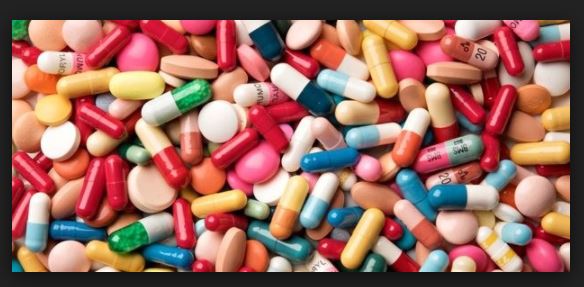FDA-Approved Drugs in 2011
Cardiology/Vascular Diseases
Brilinta (ticagrelor); AstraZeneca; For the reduction of thrombotic events in patients with acute coronary syndrome, Approved July 2011
Edarbyclor (azilsartanmedoxomilandchlorthalidone); Takeda Pharmaceutical; For the treatment of hypertension, Approved December of 2011
Xarelto (rivaroxaban); Janssen Pharmaceuticals; For the reduction in the risk of stroke and systemic embolism resulting from atrial fibrillation, Approved November 2011
Dermatology/Plastic Surgery
Firazyr (icatibant); Shire; For the treatment of acute attacks of hereditary angioedema, Approved August of 2011
laViv (azficel–T); Fibrocell Science; For the improvement of nasolabial fold wrinkles in adults, Approved June 2011
Endocrinology
Tradjenta (linagliptin); Boehringer Ingelheim; For the treatment of type II diabetes, Approved May 2011
Gastroenterology
Dificid (fidaxomicin); Optimer Pharmaceuticals; For the treatment of Clostridium difficile-associated diarrhea, Approved May 2011
Incivek (telaprevir); Vertex; For the treatment of genotype 1 chronic hepatitis C, Approved May 2011
Victrelis (boceprevir); Merck; For the treatment of chronic hepatitis C genotype 1, Approved May 2011
for more click here
[gview file=”http://pharmawiki.in/wp-content/uploads/2012/06/FDA-2011-Newly-approved-drugs-imp-for-niper-2012.pdf”]

